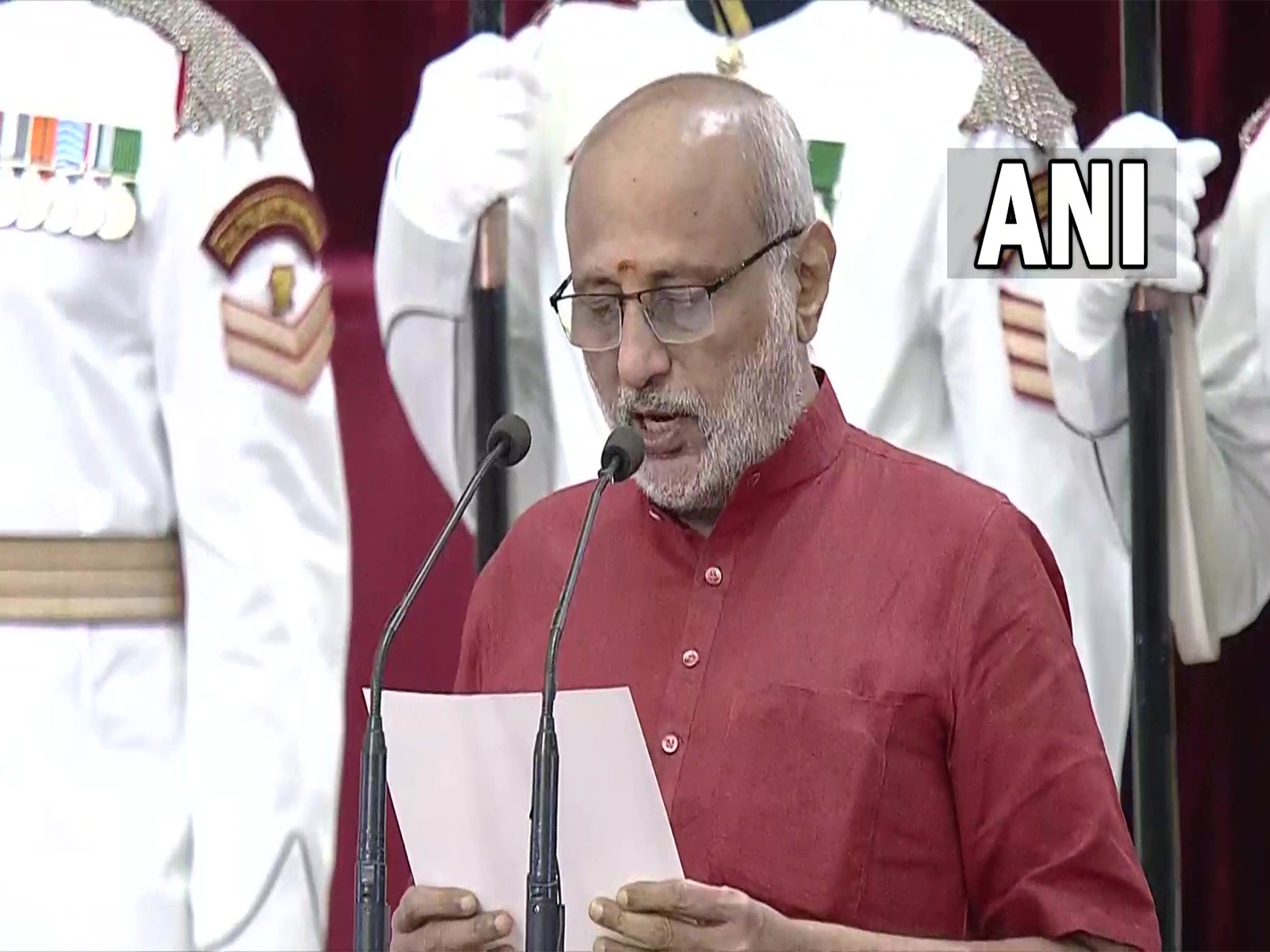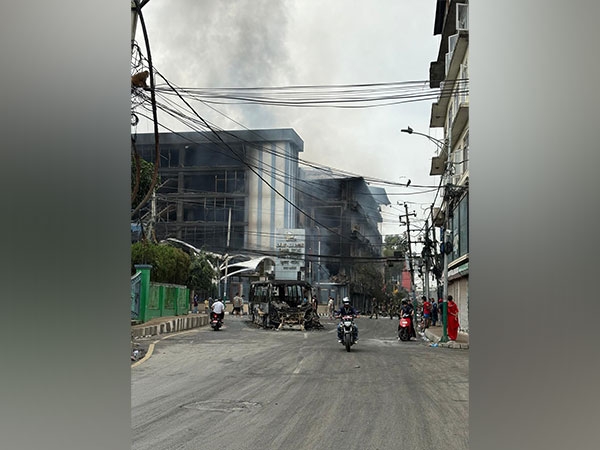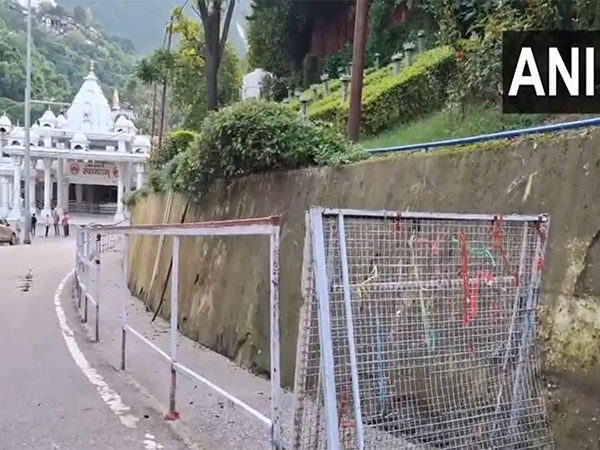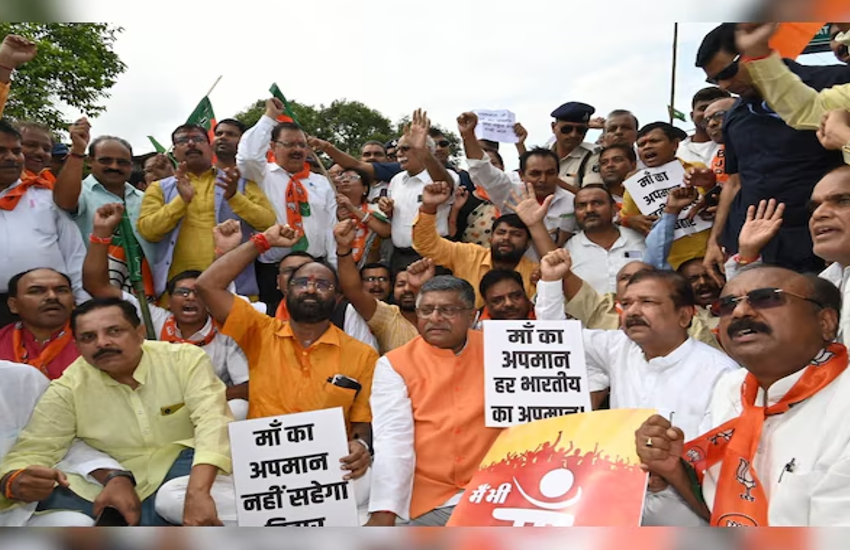Hindutva terror cases are stalling: here are the facts. Connect the dots

Why are an unusually large number of witnesses turning hostile in terrorism cases involving Hindutva fanatics? The opinion is divided.
Some people argue that the cases were built on weak grounds, driven as they were by the UPA regime's "vendetta" against Hindutva fanatics, and are now coming apart under scrutiny.
Others allege that the BJP government is forcing the investigators to go soft on the accused, many of whom have had associations with the Sangh Parivar.
The Congress has cited the case of Randhir Singh, a key prosecution witness in the 2007 Ajmer Dargah bombing case who recently turned hostile. He is now the Minister for Agriculture and Animal Husbandry in the BJP government in Jharkhand.
The opposition claims Singh's is a textbook case of how the Narendra Modi government has either prevailed upon law enforcement agencies to stall or slow down investigations, or induced witnesses to not cooperate.
What's the truth?
Here's a status update on the various terrorism cases in which people allegedly affiliated with Hindutva groups are the main accused. Deduce for yourself.
Modasa Blast
A bomb concealed in a motorcycle went off in Modasa, Gujarat, on 29 September 2008, killing eight people. The Gujarat Police investigated the case for two years before it was handed over to the National Investigation Agency.
The premier investigating agency has now filed a closure report in the case as they can't take the investigation forward. This is because they haven't got hold of fresh evidence nor have they nabbed any of the main culprits in the case.
A special NIA court has accepted the closure.
One evidence NIA had to work on, was the motorcycle on which the bomb was planted, which yielded chassis no '03'. According to news reports, NIA traced and questioned owners of all such motorcycles except in one case.
As far as the accused are concerned, NIA suspected involvement of two people - Sandip Dange and Ramji Kalasangra - both of which have reportedly been on the run since 2008.
This is the first closure of any of the terror cases where investigation by NIA had pointed to the involvement of several right wing Hindu fundamentalists, including former RSS members.
Ajmer Dargah Blast
A bomb targeted the revered Sufi shrine in Ajmer on 11 October 2007, killing three people and injuring 12.
Rajasthan's Anti Terror Squad chargesheeted five people before the NIA took over the probe and chargesheeted nine more people, including Swami Aseemanand.
The case, which is still at the trial stage, is going nowhere as witness after prosecution witness is turning hostile. So far, 15 of the 83 witnesses have gone back on their testimonies.
On Monday another witness in the case - Anand Raj Kataria from Indore - turned hostile. Kataria was reportedly the carrier of explosives that were used in the October 2007 bomb blast, but Rajasthan police's Anti Terror Squad (ATS) had turned him into a witness.
Randhir Singh, a key witness in the 2007 Ajmer blast case who has turned hostile, is a minister in Jharkhand
He was first arrested for the murder of Sunil Joshi, an RSS pracharak and one of the main conspirators of the Ajmer blast as well as the Samjhauta Express blast in 2007.
According to reports, Kataria retracted from all the four testimonies. He said the testimonies were given 'out of fear' of the ATS.
He was the 15th witness to turn hostile since June last year.
Mecca Masjid Blasts
The bombing of the Mecca Masjid in Hyderabad on 18 May 2007 left 14 people dead. The case was initially probed by the CBI, which arrested and chargesheeted Aseemanand.
It was then transferred to the NIA, which charge-sheeted two prime accused, Devendra Gupta and Lokesh Sharma, both of whom were freed on bail by the Andhra High Court earlier this year.
Gupta and Sharma are also accused of being involved in bombing Malegaon in 2006 as well as the Samjhauta Express and the Ajmer Dargah in 2007.
The NIA was preparing to challenge the bail, but was reportedly told by the NDA government not to.
Samjhauta Express bombing
The deadliest attack of what came to be known as 'Hindutva terror' came on the night of 18 February 2007. Two bombs ripped through the Delhi-Lahore Samjhauta Express, killing 68 passengers, Indians and Pakistanis, and injuring hundreds of others.
The first chargesheet was filed on June 20, 2011 against five people, and the trial began on 24 February last year before a special NIA court in Panchkula, Haryana. Aseemanand, one of the key accused, has since secured bail, which NIA still hasn't challenged.
The NIA has closed the Modasa blast case, citing lack of evidence and failure to trace the main culprits
The problem of hostile witnesses has marred this case as well. Last Friday three prosecution witnesses - Shivam Dhakad, Kavita and Ganpati - turned hostile.
According to an NIA officer quoted in a related story, a lot of witnesses are relatives or close friends of the accused, and so it is not surprising for them to go back on their statements.
Malegaon blasts
The NIA's special public prosecutor, Rohini Salian recently created a sensation by saying she had been told to go soft on the accused in the Malegaon bombing case.
The blasts in the Maharashtra town on 8 September 2006 had left six persons dead and 79 injured.
The case was initially probed by the Maharashtra Anti Terror Squad, which chargesheeted 12 "Hindutva extremists". Lt Col Prasad Purohit, a serving Indian army officer, and Sadhvi Pragya Singh Thakur were arrested as the prime accused.
The case has since taken incredible twists and turns since, as the ATS itself came under CBI's scanner for loopholes in its investigation and disappearance of a prosecution witness.
The case was handed over to the NIA after Purohit and some of his co-accused alleged that they had been tortured in ATS custody. Arguments in the case are now being heard in the Supreme Court.






![BJP's Kapil Mishra recreates Shankar Mahadevan’s ‘Breathless’ song to highlight Delhi pollution [WATCH] BJP's Kapil Mishra recreates Shankar Mahadevan’s ‘Breathless’ song to highlight Delhi pollution [WATCH]](https://images.catchnews.com/upload/2022/11/03/kapil-mishra_240884_300x172.png)

![Anupam Kher shares pictures of his toned body on 67th birthday [MUST SEE] Anupam Kher shares pictures of his toned body on 67th birthday [MUST SEE]](https://images.catchnews.com/upload/2022/03/07/Anupam_kher_231145_300x172.jpg)






